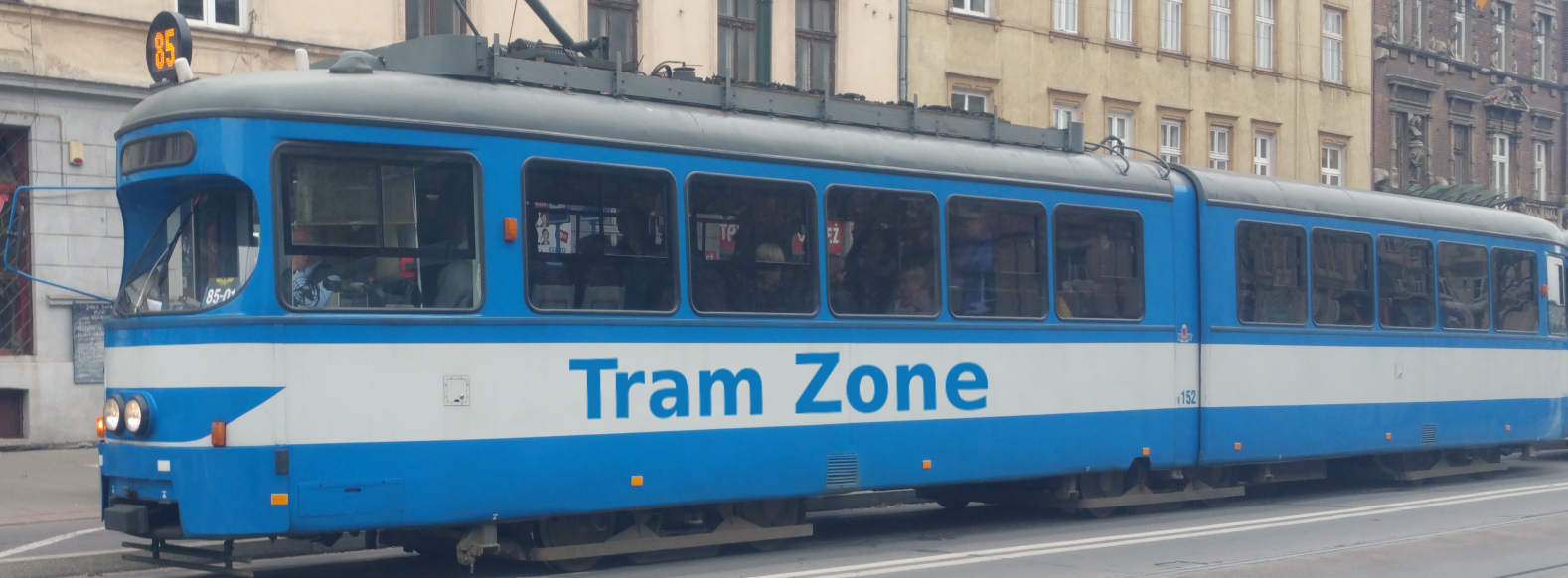Tram systems in Melbourne
Melbourne is the capital and most populous city of the Australian state of Victoria. The city is also the second most populous in the whole of Australia. The city has a population of approximately 5 million, which is nearly 20% of the population of Australia.
Melbourne is served by four airports, two of which provide international services. Melbourne Airport, which is located to the northwest of the citz in the suburb of Tullamarine is Australia's second busiest airport and serves arount 22 million passengers annually. Melbourne's second international airport is Avalon Airport, which is located to the southwest of the city and primarily provides domestic services, but since December 2018 has been a base for AirAsia X flights to Kuala Lumpur. The remaining two airports, Essendon Airport (which was Melbourne's first airport) and Moorabbin Airport, provide regional services.
Melbourne also has an extensive rail network offering both suburban and regional services. The suburban network consists of 17 lines, 16 of which are electrified, which radiate out from the center of the city to the suburbs. The city also has regional services running from Shouthern Cross Station.
Local public transport is provided by a network of bus routes and tram lines. The bus network consists of 346 routes, which are operated by 32 privately owned companies, working under franchises from the State Goverment. The network also includes 10 night routes. The tram network is claimed by the operators to be the largest in the world.
Melbourne has had a tram network operating continuously since 1885 and trams are a distinctive part of Melbourne's character. The current network is composed of 250km of track, with the operators claiming that it is the largest operational urban network in the world. The network has in excess of 500 trams, which operate from 8 depots around the city.
The network is still being expanded, with a new extension from Caulfield to Rowville being announced in April 2018.
Melbourne currently has 25 tram lines, details of which can be found on the Lines tab
Melbourne currently has 25 tram lines, which are listed below. To see more information about a particular line, click on the link in the table below (where applicable).
| Line | Description |
|---|---|
| 1 | Line 1 runs from East Coburg to South Melbourne Beach |
| 3 | Line 3 runs between Melbourne University to East Malvern on weekdays |
| 3a | Line 3a runs between Melbourne University to East Malvern on weekends |
| 5 | Line 5 runs between Melbourne University to Malvern |
| 6 | Line 6 runs between Moreland to Glen Iris |
| 11 | Line 11 runs between West Preston to Victoria Harbour Docklands |
| 12 | Line 12 runs between Victoria Gardens to St Kilda |
| 16 | Line 16 runs between Melbourne University to Kew |
| 19 | Line 19 runs between North Coburg to Flinders Street Station |
| 30 | Line 30 runs between St Vincent's Plaza to Etihad Stadium Docklands |
| 35 | Line 35 is the city Circle Line that runs from Waterfront City in a loop around the city center. |
| 48 | Line 48 runs between North Balwyn to Victoria Harbour Docklands |
| 57 | Line 57 runs between West Maribyrnong to Flinders Street Station |
| 58 | Line 58 runs between West Coburg to Toorak |
| 59 | Line 59 runs between Airport West to Flinders Street Station |
| 64 | Line 64 runs between Melbourne University to East Brighton |
| 67 | Line 67 runs between Melbourne University to Carnegie |
| 70 | Line 70 runs between Wattle Park to Waterfront City Docklands |
| 72 | Line 72 runs between Melbourne University to Camberwell |
| 75 | Line 75 runs between Vermont South to Etihad Stadium Docklands |
| 78 | Line 78 runs between North Richmond to Balaclava |
| 82 | Line 82 runs between Footscray to Moonee Ponds |
| 86 | Line 86 runs between Bundoora RMIT to Waterfront City Docklands |
| 96 | Line 96 runs between East Brunswick to St Kilda Beach |
| 109 | Line 109 runs between Box Hill to Port Melbourne |
